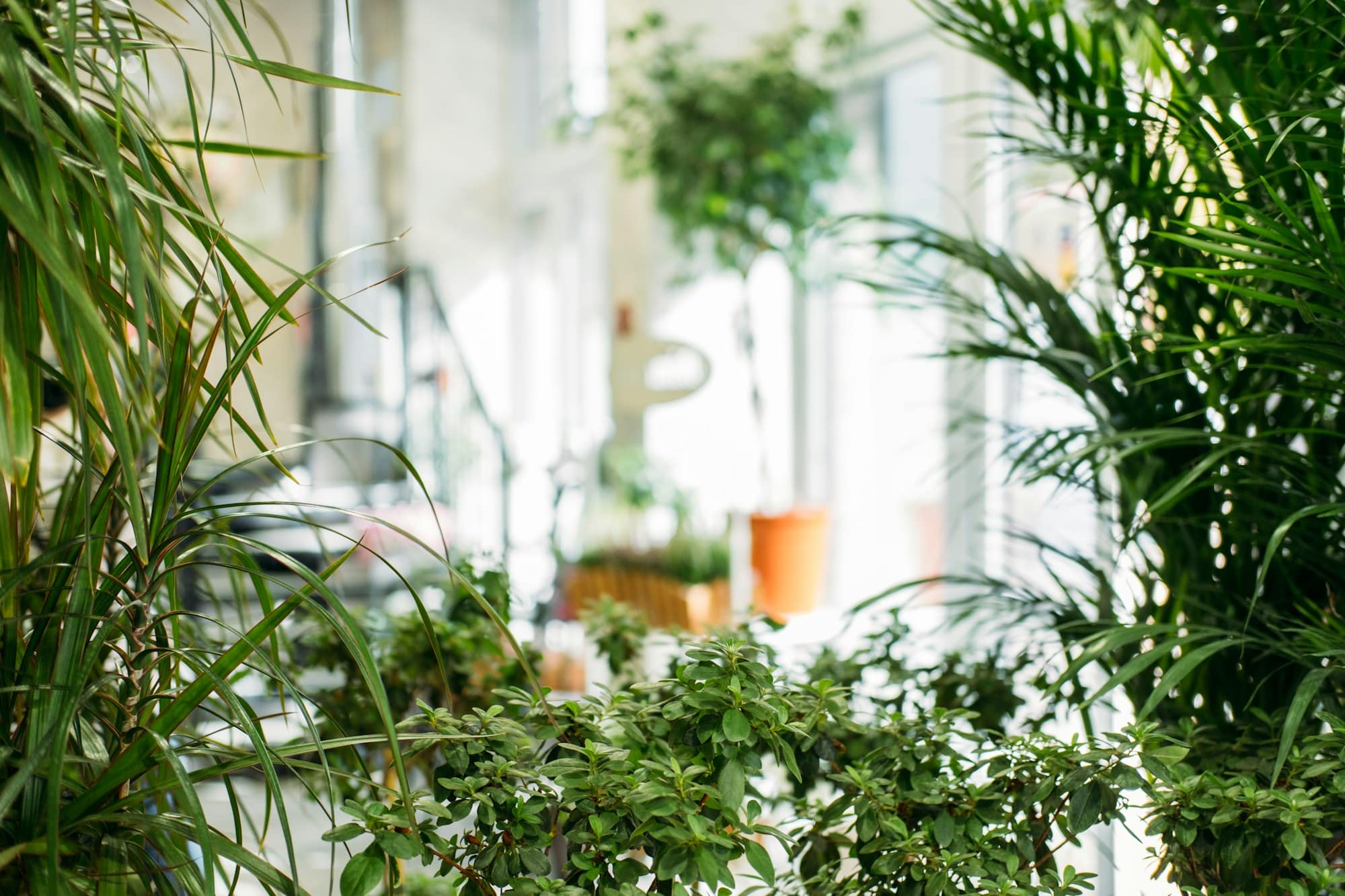How to Implement Biophilic Design in Office Renovations for Enhanced Employee Wellbeing?

As the dynamics of the workplace continue to evolve, businesses are increasingly recognizing the importance of providing a work environment that promotes the wellbeing and productivity of their employees. One emerging trend in office design, which is fast gaining traction, is biophilic design. This approach seeks to increase occupant connectivity to the natural environment through the use of nature-inspired elements in the office space. This article will explore how to implement biophilic design in office renovations for enhanced employee wellbeing.
The Concept of Biophilic Design
Biophilic design is a strategy that involves incorporating elements of nature into the built environment. This innovative approach has its roots in the biophilia hypothesis, which suggests that humans possess an innate tendency to seek connections with nature and other forms of life.
A lire en complément : How to Maximize Return on Investment in UK Commercial Property Amid Brexit Adjustments?
Biophilic design is not just about adding plants to the office or having a window view. It’s a holistic approach that involves using natural materials, colors, shapes, and sequences that we find in nature. It aims to create spaces where employees feel closer to the natural world, thereby reducing stress and enhancing wellbeing and productivity.
Benefits of Biophilic Design in the Workplace
The application of biophilic design in the workplace can have a profound impact on employees. As per various studies, a biophilic office environment can lead to notable benefits, including reduced stress, improved cognitive function, and enhanced mood and creativity.
A voir aussi : What Are the Most Effective Sustainable Heating Solutions for UK Homes?
When employees feel comfortable in their work environment, their level of engagement and motivation increases. This can lead to higher productivity and improved overall performance. Furthermore, a pleasant and attractive workspace can help to attract and retain top talent.
Incorporating Biophilic Elements
One of the simplest ways to incorporate biophilic design is to introduce plants into the office space. Plants not only add a natural element to the environment but also improve air quality by removing toxins and producing oxygen.
In addition to plants, you can incorporate water features, like fountains or fish tanks, which can have a calming effect and augment the aesthetic appeal of the space. You can also consider integrating natural materials, such as wood and stone, in the office decor and furniture.
Natural light is another key element of biophilic design. Ensure the office space has plenty of windows to let in sunlight, or invest in lighting solutions that mimic natural light.
Designing for Human-Nature Connection
A fundamental principle of biophilic design is to not just include nature but to design in ways that facilitate a connection between humans and the natural world. This could mean creating spaces that offer views of nature, such as gardens, courtyards, or even scenic paintings or murals. Alternatively, you can create spaces that mimic natural environments, such as an indoor garden or atrium.
Designing a biophilic office also involves paying attention to natural patterns and forms. This includes using organic shapes and patterns in the design of office furniture, fixtures, and fittings. The use of natural colors, especially green, can also enhance the biophilic feel of the office.
Balancing Biophilic Design with Practicality
While incorporating biophilic design, it’s essential to ensure that the resulting space is not just aesthetically pleasing, but also functional and conducive to work. Too many plants, for example, can crowd the workspace and make it difficult for employees to move around.
Consider the specific needs of your employees and balance these with the principles of biophilic design. For example, while open, nature-filled spaces are desirable, you should also provide private spaces where employees can concentrate without distractions.
Similarly, while large windows letting in natural light are beneficial, you should also have provisions for controlling the amount of light, such as blinds or curtains, to prevent glare on computer screens.
In conclusion, implementing biophilic design in the office requires careful planning and a thoughtful approach. However, the resulting benefits in terms of employee wellbeing and productivity make it worth the effort.
Plan Your Office Renovation with Biophilic Design Principles
When planning to incorporate biophilic design principles into your office renovation, it’s crucial to have a solid plan. It’s not just about adding more greenery or light. It requires an in-depth understanding of the key elements of biophilic design and how they can be integrated into your workspace to enhance the built environment.
To begin with, you need to assess the current state of your office. Identify areas that could benefit from more natural elements. Consider the configuration of your office space, the amount of natural light it gets, the existing color scheme, and the type of materials used in the interior design. This will give you a clear picture of what needs to be changed and how you can effectively incorporate biophilic elements.
The next step is to research and brainstorm ideas. Look for inspiration in nature and think about how these elements can be translated into the office setting. For instance, the fluidity and randomness of natural patterns can be replicated in the design of your office fixtures and fittings.
Collaboration is key during this stage. Engage with your employees and ask for their inputs. After all, they are the ones who will be using the workspace. Their insights can be valuable in creating a work environment that meets their needs and promotes their wellbeing.
Furthermore, collaborate with design professionals who have experience in biophilic design. They can provide expert advice on the best ways to integrate natural elements in your office space, ensuring that it is not just aesthetically pleasing, but also functional.
Remember, the goal here is to create a workspace that feels closer to the natural world. However, the practicality of the work environment should never be compromised. Strike a balance between a nature-inspired design and a workspace that facilitates productivity and creativity.
Conclusion: Building a Healthier, More Productive Workspace with Biophilic Design
In conclusion, biophilic design offers a promising solution to businesses looking to foster a healthier, happier, and more productive work environment. By infusing the office space with natural elements, you can create a workplace that not only promotes the wellbeing of your employees but also drives their productivity and creativity.
Despite the challenges that come with implementing biophilic design in office renovations, the benefits that it brings to the table are undeniable. It’s an investment that pays off in the long run, providing a significant return in the form of a more motivated and productive workforce.
However, achieving a successful biophilic office design does not happen overnight. It requires careful planning, collaboration, and a deep understanding of both the principles of biophilic design and the specific needs of your workforce. Remember, the key is to strike a balance between creating a nature-filled space and maintaining functionality.
With the right approach, biophilic design can transform your office space into a natural, healthy, and vibrant environment that not only improves air quality and enhances the aesthetics of the built environment but also contributes positively to employee well-being. The future of office design is here, and it’s greener, brighter, and more human-centric than ever before.
